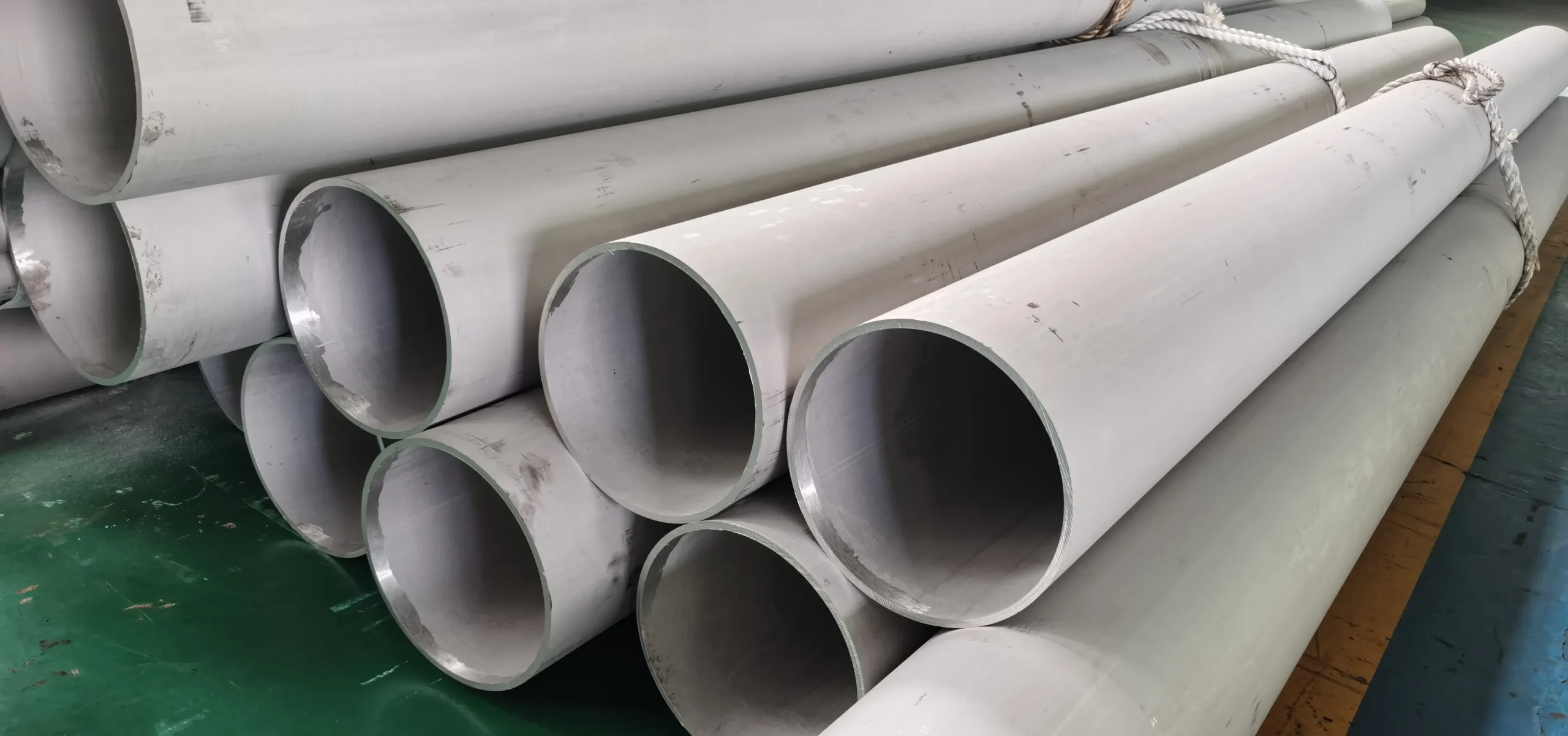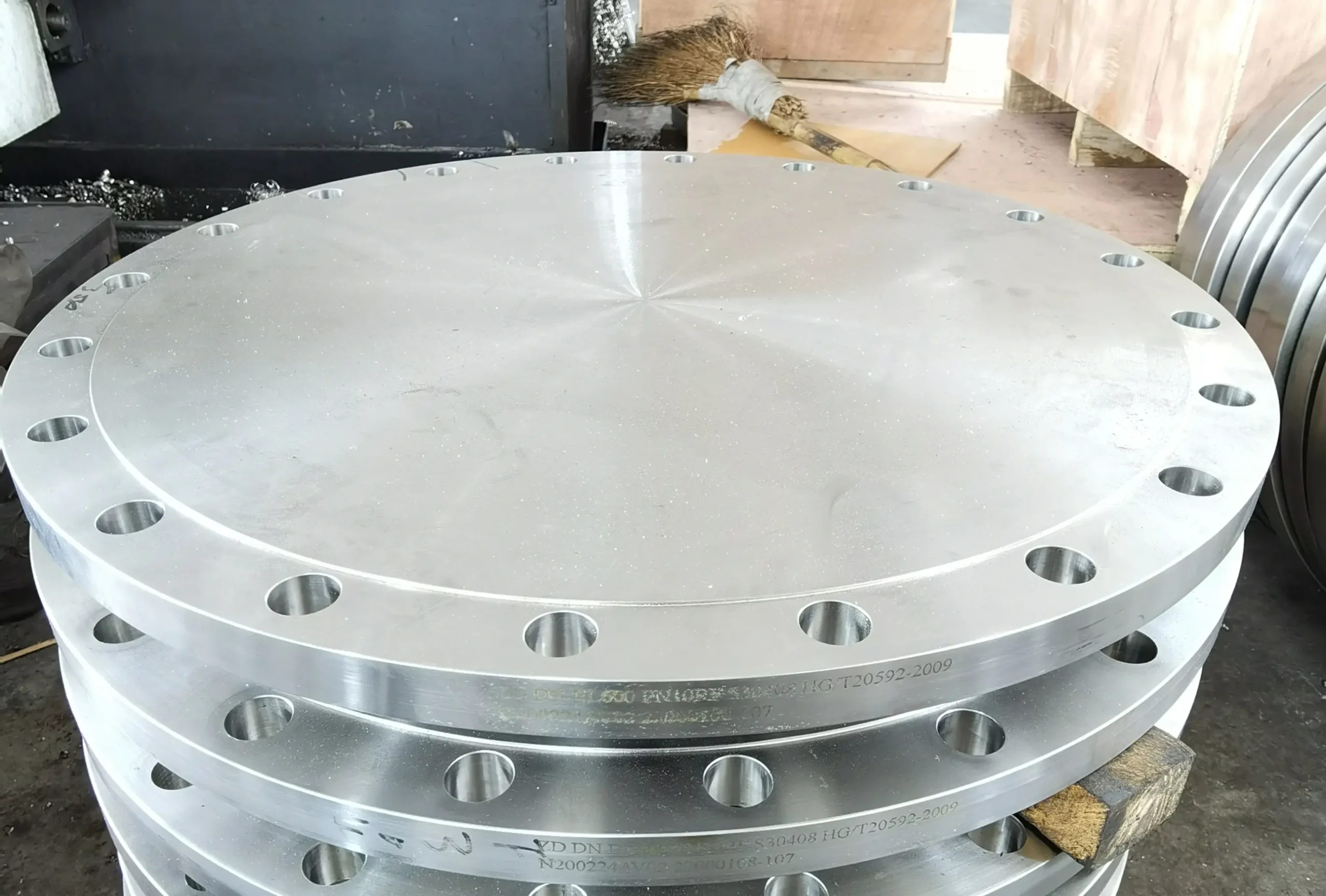Oil pipelines are composed of oil pipes and their accessories (mainly stainless steel pipe and fittings), and are equipped with corresponding oil pump units according to the needs of the technological process, and are designed and installed into a complete pipeline system. In order to complete the task of oil unloading and transfer.

The oil pipeline system, that is, the pipeline system used to transport petroleum and petroleum products, is mainly composed of oil pipelines, oil transmission stations and other auxiliary related equipment. It is one of the main equipment in the petroleum storage and operation industry, and is also the main source of crude oil and petroleum products.
Compared with the railway and highway oil transportation which belong to the land transportation equipment, pipeline oil transportation has the characteristics of large transportation volume, good airtightness, low cost and high safety factor.

The pipes of oil pipelines are generally stainless steel pipes, which are connected to long-distance pipelines with connecting devices such as welding and stainless steel flanges, and valves are used for opening and closing control and flow adjustment.
Oil pipelines mainly include transportation processes such as isothermal transportation, heating transportation and sequential transportation.
Corrosion of pipelines and how to prevent corrosion is an important part of pipeline maintenance, so duplex pipe and fittings are widely used here, for duplex stainless steel pipe has intergranular corrosion resistance and uniform corrosion resistance, which is better than austenitic stainless steel pipes such as 304L and 316L, and is widely used in oil and gas wells. At present, oil pipelines have become one of the main transportation tools for oil and still have considerable development potential in the future.



